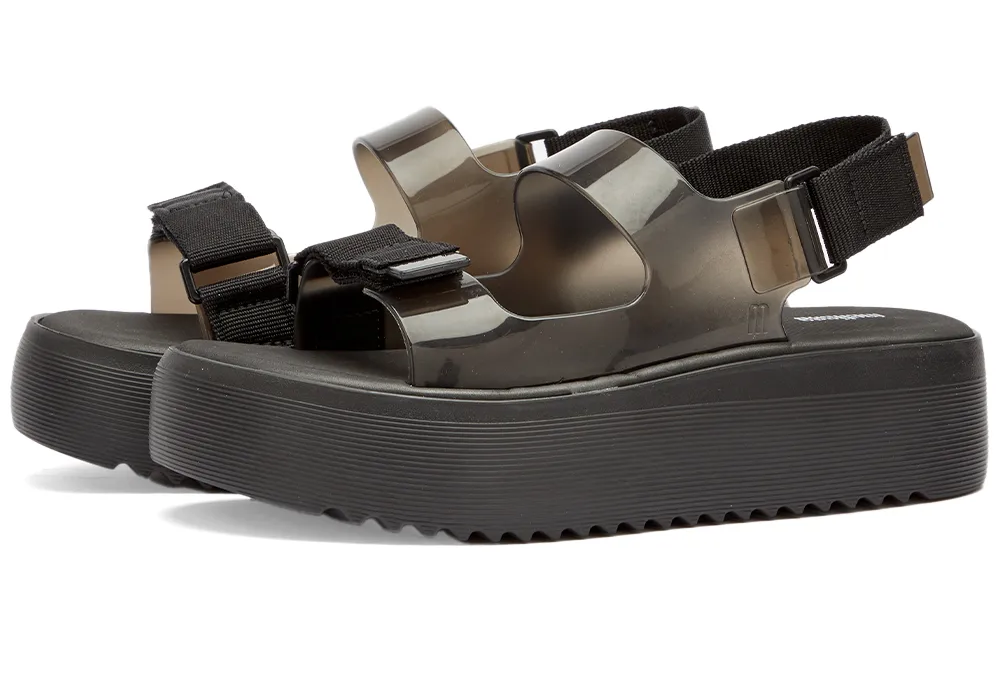
Platform sandals are an iconic and timeless footwear style that has been around for centuries. These shoes are defined by their thick soles, which create a raised platform for the wearer to stand on. They come in various styles and designs, but their defining feature is the elevated sole. Platform sandals have been worn by people all over the world, from ancient civilizations to modern-day fashionistas. In this article, we will explore the history of platform sandals, from their earliest origins to their rise in popularity in the 20th century.
Ancient Origins
The history of platform sandals can be traced back to ancient civilizations such as Greece, Rome, and Egypt. In Greece, platform sandals were called kothorni, and they were worn by actors in the theater to give them height and added visibility. These shoes were made of cork or wood and had a high sole that was often decorated with intricate designs. In Rome, platform sandals were worn by both men and women and were known as soleae. They were typically made of leather and had a thick sole that was sometimes embellished with gold or silver. In Egypt, platform sandals were worn by both the wealthy and the poor, and they were often made of papyrus or woven reeds.
Middle Ages and Renaissance
During the Middle Ages, platform shoes were worn by both men and women. However, they fell out of fashion during the Renaissance, as the era’s focus on symmetry and balance meant that flat shoes were preferred. However, platform sandals made a comeback in the 16th century when they were worn by women in the Ottoman Empire. Chopines were worn by women of all social classes, and the height of the sole was often an indication of the wearer’s status.
18th and 19th Century
In the 18th century, platform sandals became popular once again, this time in Europe. These shoes were worn by both men and women and were often made of cork or wood. In the 19th century, platform sandals were popular in Japan, where they were known as geta. These shoes were made of wood and had a flat surface on top and a raised sole underneath. They were worn with traditional Japanese clothing, such as kimono and yukata.
20th Century
The 20th century saw the rise of platform sandals as a popular fashion trend. In the 1930s, platform sandals were worn by Hollywood stars such as Judy Garland and Carmen Miranda. These shoes were often embellished with sequins and beads and were a staple of the glamorous Hollywood look. In the 1960s, platform sandals became synonymous with the hippie movement. These shoes were often made of natural materials such as leather or woven straw and were decorated with flowers or beads.
In the 1970s, platform sandals reached their peak of popularity. Platform sandals were often paired with flared jeans or maxi dresses, creating a bohemian look that was popular throughout the decade.
In the 1990s, platform sandals fell out of fashion, as the grunge and minimalism movements favored more streamlined footwear. However, platform sandals made a comeback in the early 2000s, with designers such as Stella McCartney and Prada creating modern takes on the classic shoe.
Conclusion
The history of platform sandals is a long and rich one, spanning centuries and continents. From their ancient origins in Greece, Rome, and Egypt to their modern-day popularity among fashion-conscious individuals, platform sandals have stood the test of time. These shoes have evolved and adapted to suit different styles and trends over the years.

